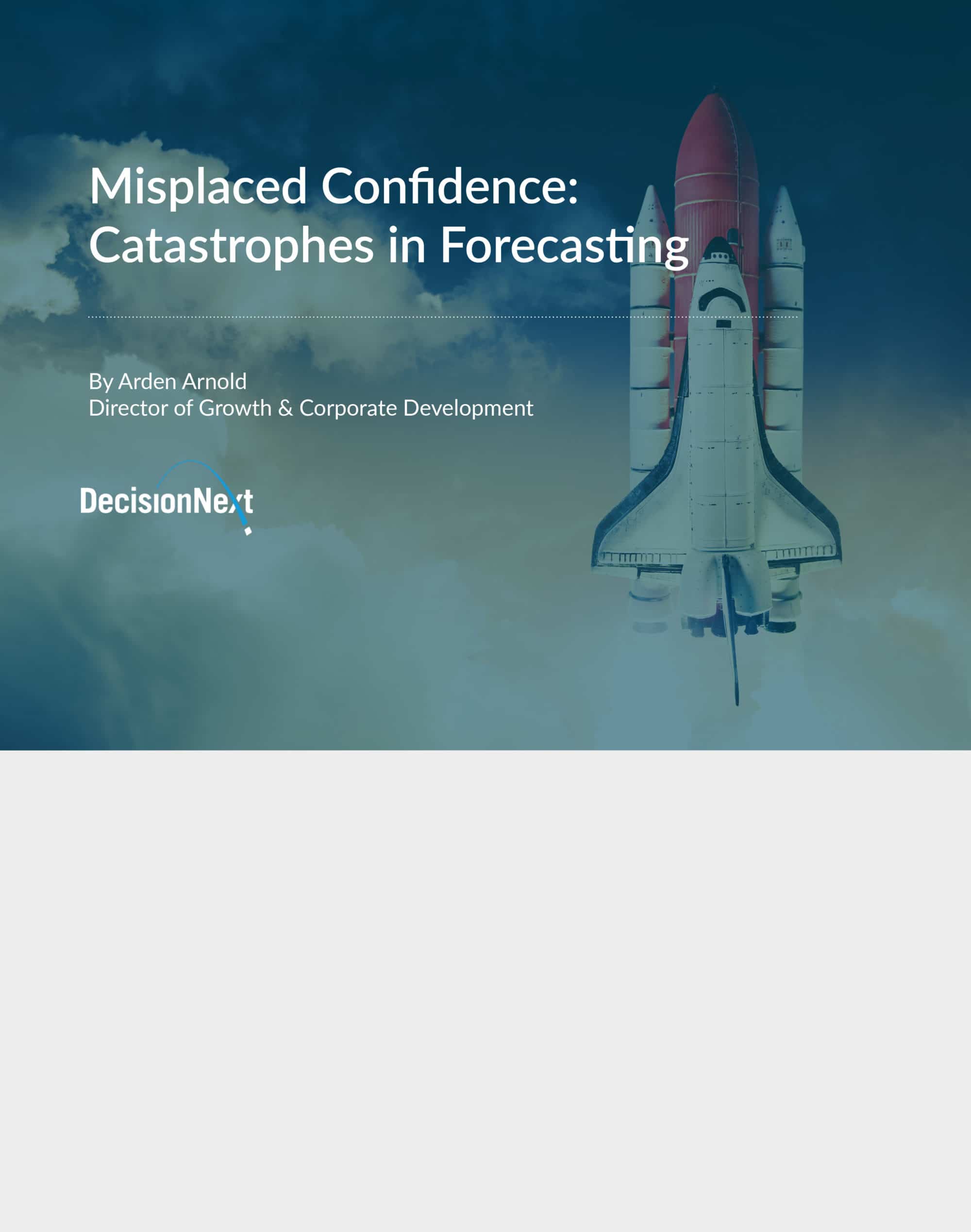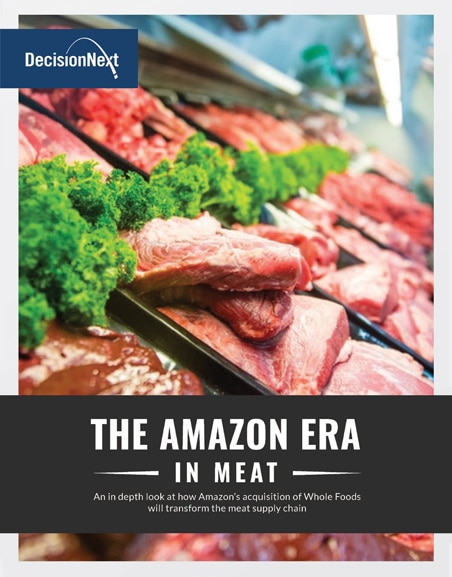Sometimes the best way to move forward is to look back. So we talked with David, our very own applied economist and team leader, to get his thoughts and reflections—and to see what the team is doing to gear up for an eventful 2024.
1.) 2023 was quite an interesting year in the commodities space. There were drought impacts on beef supply, fundamental pork production profitability issues, and moderating grain supplies. What kept the DN science team busiest this past year?
I think you nailed it with the topics in the question itself. But to elaborate, I’d say we always try to look at what our models are and aren’t telling us. No model will cover the complexity of those topics, but looking at various indicators or new ways to think about the market helps reveal valuable information.
Take the ground beef or trim market towards the end of 2023. We knew the herd rebuilding and cow availability question was in the background, but we were also seeing this large spread between domestic and import prices. Something had to give. Increased cow numbers and feedlot placements helped our case to suggest lower trim toward the end of the year. But simply narrowing in on when and why market conditions are behaving differently can be powerful support for market theories. The challenge is that we must stay on top of a lot of data and market information.
2.) What have your customers been most concerned about, and what innovations did the team bring to market in 2023?
I think one of the biggest stories of 2023 was “Demand.” This is true whether we’re talking about financial markets or agricultural products. Everyone thought demand was going to be soft in 2023, but it really held up (much better than anticipated). Going forward remains anyone’s guess, but I think it will also factor heavily into 2024 outcomes.
The innovation that has also held up really well is our new beef cutout modeling. The basic idea is that if we can accurately predict the wholesale beef cutout as well as we predict cattle prices, we’ll be close to predicting where individual beef cut prices will land.
In saying that, it sounds fairly obvious. But when you compare that idea to much of the rest of the industry trying to predict beef prices from cattle forecasts, it reveals a bit of bias toward the influence of supply conditions on beef markets as opposed to consumer demand. By really understanding and modeling demand—and its role on beef as a whole—it can be a pretty powerful tool in understanding beef prices. Then, of course, understanding where cattle prices can be supported if these prices change.
3.) Can you give us a preview of any innovations that DN is rolling out in 2024? What can we expect to see?
We tend to keep that tight-lipped because we don’t want to jump too far ahead of our skis. But one thing we’re excited about is a new tool in development around beef carcass optimization. The idea is quite simple as it intuitively suggests finding the best way to slice up fed steers into beef products. But what is really cool about it, is that by also tying these decisions to DN beef cut forecasts, processors can have greater clarity to future outcomes. This is particularly important as they are working with their downstream customers.
Consider a retailer who comes to the beef processor/supplier asking for pricing on a specific value-added product six months out. We know this value-added cattle will cost more than normal market rates, but so will the customer’s beef. In delivering that cut to the customer, we might be left with a large unsold position of more expensive cattle that must be downgraded to normal beef market prices. The question becomes, how much should we charge the customer to increase our slaughter headcount to meet their needs? What if we can sell the rest of the unsold position to other customers, how does that change the equation? What if now, instead of one customer, it is 10, and they all want different cuts or different timelines? The new tool is being designed to simplify these problems through clear accounting, as well as with insight into future beef prices. Combining better market foresight and carcass utilization models with sold positions is a pretty cool idea.
4.) If you could wave a magic wand and immediately gain clarity into a tough commodity to forecast, what would that be?
It’s probably a cheat answer, but I think I would have to go with the corn market. If we knew U.S. acreage and production for corn ahead of time, we would have pretty good directionality to drought conditions across pastures, as well as answer some questions around herd rebuilding and costs for feedlots. So corn would clarify beef markets a great deal. It would also be great for understanding the profitability of hog production and sow retention going forward. And we’d have a better grasp of the feeds and oilseeds markets, which are crucial for supplying customers, from bakeries to salad dressing.
5.) What do most people get wrong when thinking about AI-assisted modeling and decision support?
The most obvious is that AI or Machine Learning (ML) tools are press-and-go solutions. I think as we all utilized various ML or AI tools over the past year such as ChatGPT, we realized that it’s powerful and can save us lots of time, but the solutions were also rarely exactly what we wanted. That’s because there’s often nuance or context to language and topics—and markets. Also, sometimes we might not even know if we are asking the right question.
Similar to these Large Language Models (LLMs), AI/ML tools are a way not to reveal a solution. Rather, they help us find what we do and do not know about markets or data. For example, let’s create numerous forecasts and see what each one says. Then let’s add the expert to understand the market context to know how to weigh each of those outlooks. And lastly, add the business problem to figure out given a specific outlook, what decisions can be made, and how uncertainty and risk tolerance factor in. Doing all of that takes a lot of time and work. These tools won’t solve a procurement problem end to end, but they can be really helpful in slimming down time needed, or revealing our own biases, so that we can focus on the nuance or business proposition or human component more. The tools are not end-all be-all tools but they can definitely greatly improve efficiency and help us to learn.
Stay tuned for our 5 Questions series of interviews.
Due to popular demand, DecisionNext offers an ongoing series of interviews every month. We’ll catch up with influential leaders, movers, and shakers to get the pulse on the latest in the industry.
Know someone you’d like us to interview next?
Reach out and send your suggestions to info@decisionnext.com.










